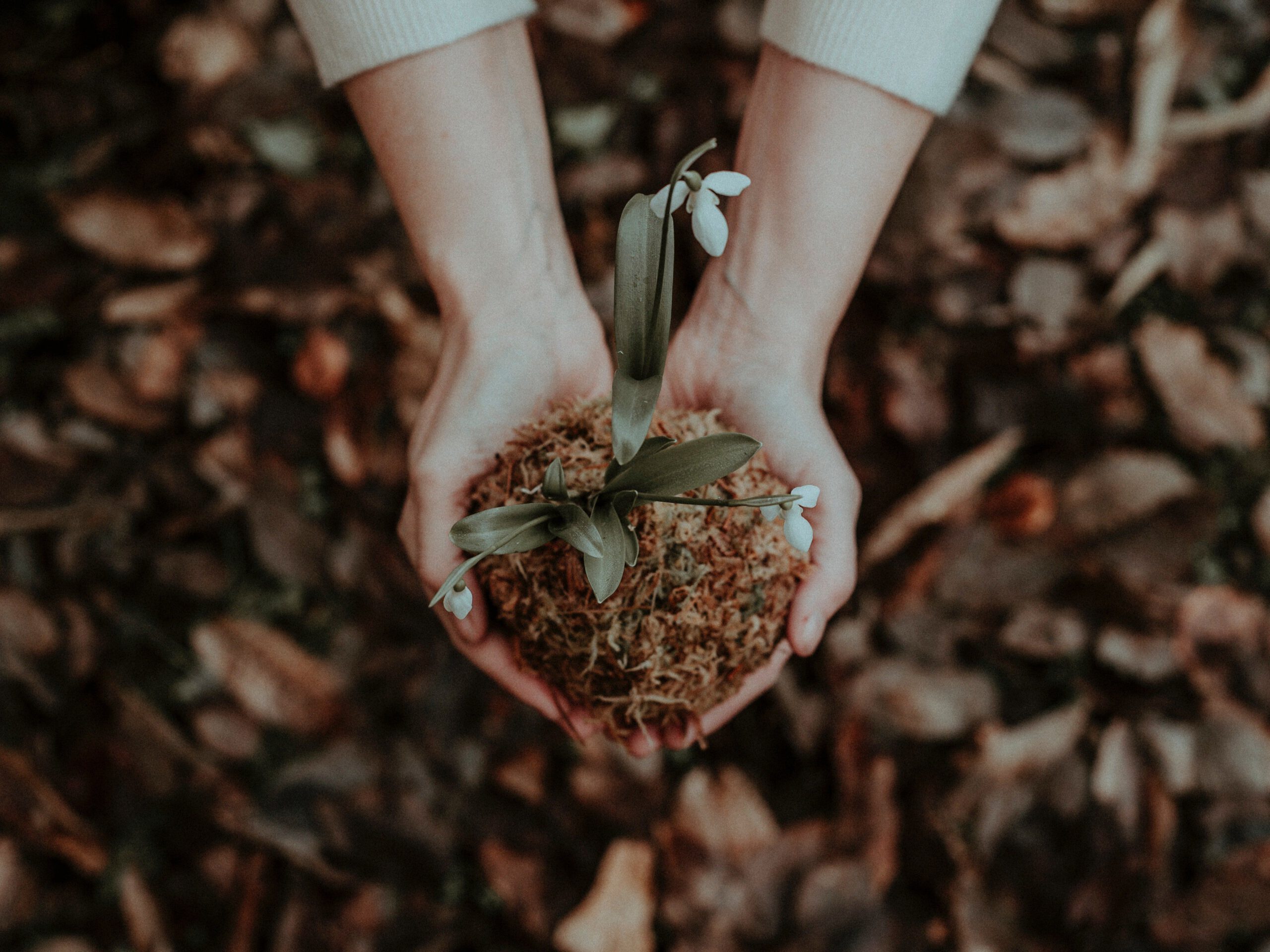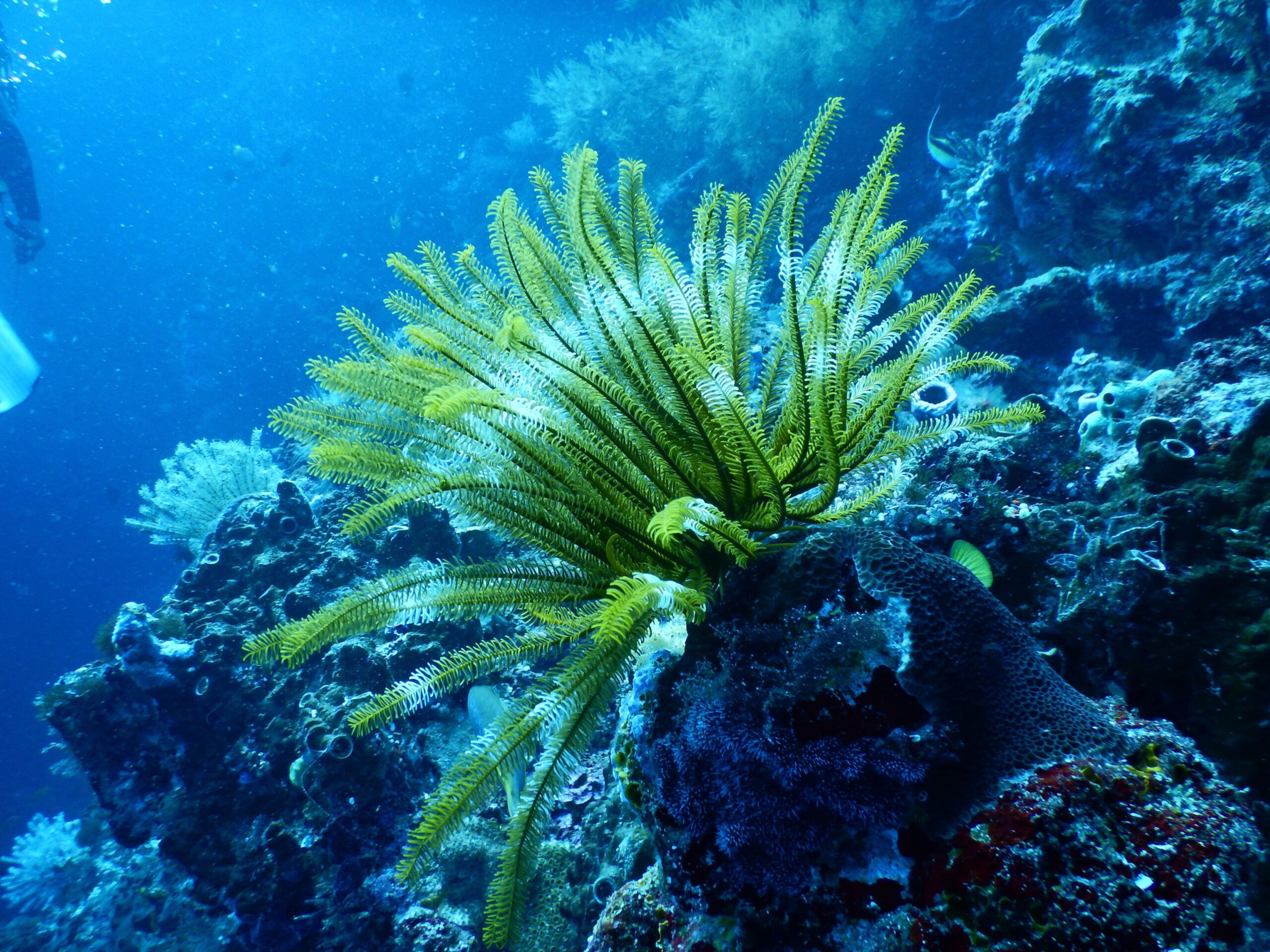Eco-Friendly Afterlife? Know Your Green Burial Options
For many of us, living a green lifestyle is a dedication and choice we make every day. We recycle, have solar panels on our homes, we do not use disposable plastic water bottles, and we use public transportation, bikes, carpool, or at the very least drive a hybrid. We only use products that are friendly to animals, we opt for recycled paper towels, and try what we can in our own little way to keep the planet healthy. Our choices for how to move on to the next phase can also reflect our choice of living an environmentally friendly life. All over the world green burial choices are becoming more and more popular as people realize the long-term environmental effects of a traditional burial.
Choosing how we want our bodies to be handled after death is a difficult topic, but one we should all know more about. It is worthwhile to learn what the choices are and what it means to choose eco-friendly burial. There are plenty of choices beyond traditional burial and cremation, allowing people who live life with a low impact on the environment to make a choice reflective of how they lived.
Traditional burial methods have a big impact on the environment, using toxic chemicals, releasing toxins into the air and soil, using a lot of materials, and taking up a lot of space. Cremation, though less impactful than a casket burial, releases chemicals like carbon dioxide, heavy metals, sulfur dioxide, and possible mercury emissions from dental fillings into the air, and it uses a lot of fuel in crematoriums.
However, there’s a significant difference between “natural” or “eco-friendly” burials and “green burials,” though it can be easy to get the two terms mixed up. The National Funeral Directors Association defines a green funeral as one that includes these elements: “no embalming or embalming with formaldehyde-free products; the use of sustainable biodegradable clothing, shroud or casket; using recycled paper products; serving organic food (if food may be served in a funeral home in your state); locally-grown organic flowers; funeral guest carpooling; natural or green burial.”
Green Burial
 Image courtesy of the Green Burial Council (Facebook).
Image courtesy of the Green Burial Council (Facebook).
Green burial, or eco-friendly burial, is a more encompassing term than “natural burial” and includes many different methods that are more environmentally conscious than the traditional casket or cremation. Eco coffins and environmentally friendly burial materials are increasing as people around the world want more options. Wicker or woven caskets, body wraps, planting trees and living memorials, biodegradable urns, and urns made from clay, salt, sand or seeded paper are all growing choices for memorials and burials that are less harmful and leave less of an impact on the planet.
The Green Burial Council is a nonprofit organization founded in 2005 dedicated to inspiring and advocating for environmentally friendly and sustainable burial practices with education and certification. They define a green burial as “a way of caring for the dead with minimal environmental impact that aids in the conservation of natural resources, reduction of carbon emissions, protection of worker health, and the restoration and/or preservation of habitat. Green burial necessitates the use of non-toxic and biodegradable materials such as caskets, shrouds, and urns.”
Natural Burial
 Mushroom burial suit. Image courtesy of Sci-fi Fashion (Facebook).
Mushroom burial suit. Image courtesy of Sci-fi Fashion (Facebook).
To keep it simple, a true natural burial is a method of interring a body and allowing it to decompose naturally. This method will not employ a coffin, vault, or chemical. A body will be prepared and laid to rest in the natural earth, usually buried in a shallow three-foot site, which aids in decomposition.
Natural burial often involves a special wrap for the body, one that has gotten attention recently is a mushroom suit. This is a specially designed suit that incorporates mushroom spores into the material which will aid in decomposition and will clean toxins from the body as the process progresses. Designed by the company Coeio, the mushroom suit is the brainchild of an MIT graduate who had a specific interest in the area of natural burial and the relationship between the mind/body/self and the natural environment. Inspired by both fashion and a desire to create something that would “reimagine our relationship with death,” the mushroom suit was developed. You can see more of how this all works and watch the journey here of the very first adopter of the mushroom suit.
Those seeking a natural burial usually are looking for a peaceful, quiet place to let their physical body become one with the planet again, so most places that offer this are open, quiet, serene and surrounded by nature. There are a growing number of places in the United States that are approved for natural burial; currently, the Green Burial Council lists twenty-four certified natural burial grounds in the country. These are facilities that meet all the requirements and regulations to offer true natural burial.
Recomposing
 Photo by Flora Westbrook from Pexels.
Photo by Flora Westbrook from Pexels.
Recomposing, or composting, is a relatively new option for handling human remains. It’s a process in which a human body is converted into soil. This is a natural process that will happen over several months with bodies that are interred naturally in the earth. Through the recomposing process decomposition is complete in about thirty days. Washington state recently became the very first in the United States to legalize human composting.
The company Recompose is Seattle-based and has built what it calls the “world’s first human composting” facility. When the law allowing the practice goes into effect this May, the facility will open for business using hexagonal shaped “Recomposition Vessels.” A body is placed inside the pod, covered in wood chips, alfalfa, straw grass among other things, and then aerated, allowing microbes and bacteria to break the body down. Once the process is complete, loved ones may take the approximately one cubic yard of soil and use it to plant trees and gardens, memorializing a loved one in a way that will leave very little waste and will give back by supporting new life.
Reef Formation
 Photo by Tom Fisk from Pexels.
Photo by Tom Fisk from Pexels.
Other nontraditional burial options include reef formation, which is a process in which a person’s cremated remains are mixed with concrete then used to form an artificial marine reef, used to prevent erosion and attract new marine life. The ecological benefits from this method are still being studied; but, ideally, the formation of artificial reefs will stimulate marine life and prevent erosion. However, the body must be cremated first, which uses a lot of energy and releases toxins into the air.
Reef formation is a growing trend in the burial industry, and they certainly offer a very interesting place to visit your deceased loved one. Eternal Reefs is a company based in Florida that began incorporating ashes into their reef balls after a family member expressed a desire to be buried at sea and be a part of sea life, rather than in a cemetery. This is another option for those wanting a burial that’s different than being interred in more traditional methods. A successful reef formation will help the marine environment, and this method also has a smaller impact than a traditional casket burial. Though the ashes themselves do not directly attract sea life, the reef balls are intended to do just that.
Water Burial
Some people have a vision of being sent to the afterlife through water, and in the United States, there are places where a sea burial is legal. The Environmental Protection Agency (EPA) allows for water burial of both cremated and non-cremated human remains and has specific rules for each. There are very specific rules for where and how this must be done: Both bodies and ashes may not be released into the oceans within at least three nautical miles from land. Families do not have to ask permission before a water burial but must notify the EPA within thirty days of releasing the remains.
Body Donation
Body donation can be done in a few ways. One way is through organ donation, allowing your organs to be harvested and, if healthy, used to help other patients. Another way to donate is through research. It is possible to donate your entire body after death to research, as many medical schools and research facilities have programs for these kinds of donations. Those who choose this option are foregoing a traditional funeral and allowing others to learn from their body long after death. Doctors, researchers, students, and scientists among others learn so much about the human condition and how to treat diseases through the amazing gift that body donation is. Most states have several different body donation options, should one want to choose this path. It is a very peaceful process and gives a donor an opportunity to continue to give back to the world long after they pass on. This is a very generous way to help future generations and is highly respected and appreciated by the medical and academic world.
Death is scary, it is always sad, and, for many of us, it seems far too real when we start discussing what our options are when that time comes. This fear can often prevent the conversation from happening, leaving critical decisions to be made in a time of grief. We have the choice to educate ourselves and plan ahead, so the way we end our time on this planet is reflective of how we’ve spent our time here.


